Atlantic Spadefish (Chaetodipterus faber) - not a new lifer, but always cool to catch. We helped George to finally knock this lifer off the list!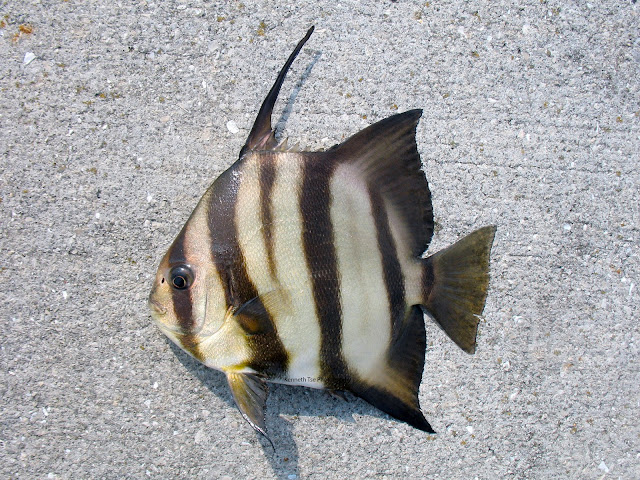
Leopard Searobin (Prionotus scitulus) - Species #714
Blacktip Shark (Carcharhinus limbatus) - Species #715!!!
Over two days of fishing, with a total of 16 hours fished and over 12km hiked, I lost three bigger Blacktips to the rocky reefs before finally landing this little 3 feet adolescent. Our flight was at 7:30am the next morning and this was literally the second last bait we can soak for these sharks on our very last evening in Florida.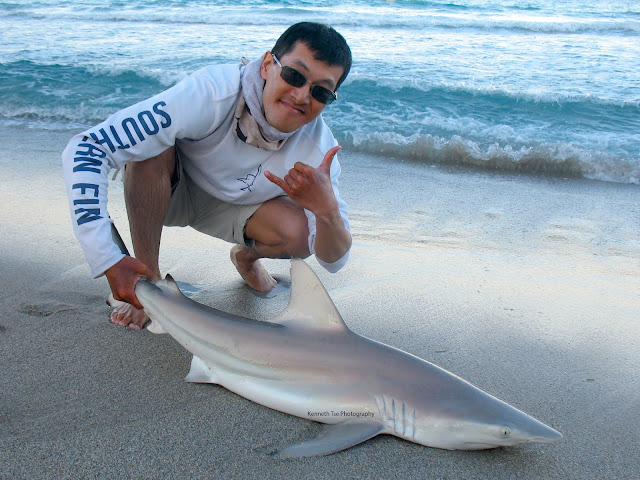
Little guy got bitten by a larger shark in the recent past. I flip some of my pictures (ie, first photo above)...so the left side was the bitten side.
- Ontario Fishing Forums
- → Viewing Profile: Reputation: MuskieBait
|
|
Community Stats
- Group Active Members
- Active Posts 567
- Profile Views 13,643
- Member Title Perch
- Age Age Unknown
- Birthday Birthday Unknown
-
Gender
 Not Telling
Not Telling
#339179 2017 Florida March Break
 Posted by MuskieBait
on 22 March 2017 - 01:38 PM
Posted by MuskieBait
on 22 March 2017 - 01:38 PM
#337128 Fish Identification
 Posted by MuskieBait
on 14 October 2016 - 07:13 AM
Posted by MuskieBait
on 14 October 2016 - 07:13 AM
All Chinook Salmon as stated.
Brown Trout has black spots with white halos around these spots. Usually, there are red spots with white halos as well, but sometimes, these red spots are absent in lake run fish. The anal fin of the Brown Trout is also much shorter and more triangular in shape.
As for consumption, there are two factors:
1) Chinook Salmon in Lake Ontario is fit for consumption, but very restricted. Chinook Salmon less than 30" long should be consumed no more than twice a month. Each meal consists of an 8oz portion with skin and fat removed (belly fat, fat around fins, dark meat on lateral line). If you do not remove the fat, it is even more restrictive as the contamination is stored in the fatty tissue (PCBs). Women of child bearing age and children under 15 should NOT eat any salmon from Lake Ontario.
Check the link below for consumption guidelines for the Credit River. The guide is published by Ministry of Environment and Climate Change. The data is usually updated every 2-5 years. Usually waterbodies that are more popular and closer to population centers are sampled more frequently.
https://www.ontario....ory?id=43357943
2) Chinook Salmon die after spawning. When they near spawning condition, their flesh is already degrading. Since they do not feed intensively in the river as they do in the lake, the energy that is needed to support the upstream migration and nest building is derived from the nutrient stored in the muscle. As more and more energy is used, the muscles degrade until the fish starts to decay. Some anglers jokingly call these fish "zombies" because the fish is left in a half dead state where the mind is still somewhat functioning but the body decays (often with skin and flesh hanging off the body).
All three of your fish are not considered fit for consumption. The first hen is clearly spawned out with an empty abdomen. The second male has small white areas on the belly and anal fin suggesting wounds from spawning activity is infected, not healed and rotting away. The skin under the jaw and on gill plate has also fallen off. The last hen has worn out tail from spawning with the skin and flesh turning white. She also looks spawned out as the abdomen is very empty.
The only Chinook Salmon I would eat now are 1) 3lb or under fish caught trolling in Lake Ontario (commonly called "shakers") or 2) small migrating males around 2-3lbs (commonly called "jacks") that are silver indicating that these fish are recent arrival from the lake with very little time spent in the river.
- 1
#336984 Son Caught an Atlantic
 Posted by MuskieBait
on 08 October 2016 - 11:05 AM
Posted by MuskieBait
on 08 October 2016 - 11:05 AM
What did your buddy hook it on?
On a bead. We tried skein, stonefly nymph, egg sucking leech, spoons and kwikfish after but the fish just won't care anymoe.
- 1
#336891 Zone 17
 Posted by MuskieBait
on 05 October 2016 - 10:08 AM
Posted by MuskieBait
on 05 October 2016 - 10:08 AM
Hey,
Can you show your source for those things? I can't find it stated anywhere in the regulations,
Thanks.
Page 7 and 8. You really need to read all of it to know what is legal and illegal.
http://files.ontario...ees_English.pdf
- 1
#335678 Weird question for a book
 Posted by MuskieBait
on 26 August 2016 - 11:05 PM
Posted by MuskieBait
on 26 August 2016 - 11:05 PM
I like it. It's believable.
- 1
#335656 Invasion Of The Asian Carp Is An Understatement!
 Posted by MuskieBait
on 26 August 2016 - 06:04 PM
Posted by MuskieBait
on 26 August 2016 - 06:04 PM
Hey. You sound like you think I agree with the narcissistic guy.
I was just pointing out other worldly concerns Which are more alarming. Lol
Hey, TI, I know. I got the sarcasm. Mine was a bit lost, I guess.
I'm just trying to diffuse and divert the convo. LOL. So much speculation about nothing...just like Round Goby and Zebra Mussel. All these people talking and posting videos and talk like they know. I've actually been in Illinois and seen it first hand, and caught Silver Carp. At the same spot where I caught Silver Carp, I've caught or seen 15 other native species. It's not all doom and gloom like it is advertised.
- 1
#335652 Invasion Of The Asian Carp Is An Understatement!
 Posted by MuskieBait
on 26 August 2016 - 05:17 PM
Posted by MuskieBait
on 26 August 2016 - 05:17 PM
I came to the conclusion that a native fisherman in Canada was the first to ever catch a largemouth bass with a stick and a line and a hook. Hence Bass Fishing is Canadian. This happened before Columbus of course.
Really...who cares. Some of us just go out and fish and post some fishing reports.
- 1
#335453 Microfishing IDs
 Posted by MuskieBait
on 22 August 2016 - 10:28 AM
Posted by MuskieBait
on 22 August 2016 - 10:28 AM
Hey! Just checked you pics.
1. Yep, Longnose Dace
2. Yep, Logperch
3. Yep, River Chub
4. That's a Bluntnose Minnow. They usually have very thin but dark scale markings giving them a cross hatch look, with little "=" signs along the lateral line to form a very defined lateral stripe. The subterminal mouth is also key, and also the blunt head which gives them their name.
5. Yep. Spotfin Shiner
6. Yep. Creek Chub
- 1
#335442 2016 Peru trip
 Posted by MuskieBait
on 22 August 2016 - 01:45 AM
Posted by MuskieBait
on 22 August 2016 - 01:45 AM
Giant Blenny (Scartichthys gigas) - Species #628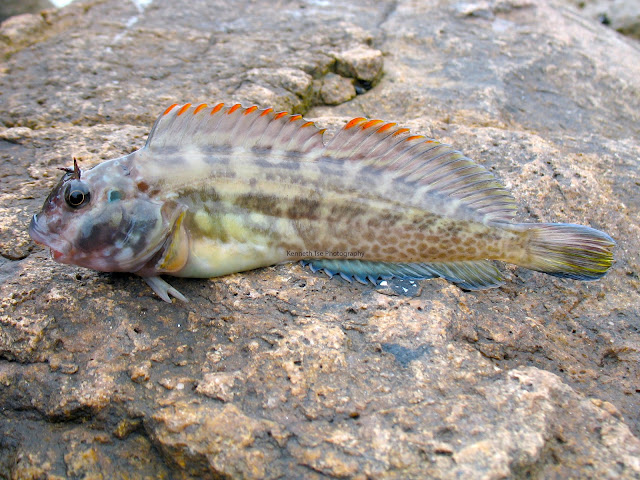
Chalapo Clinid (Labrisomus philippii) - Species #629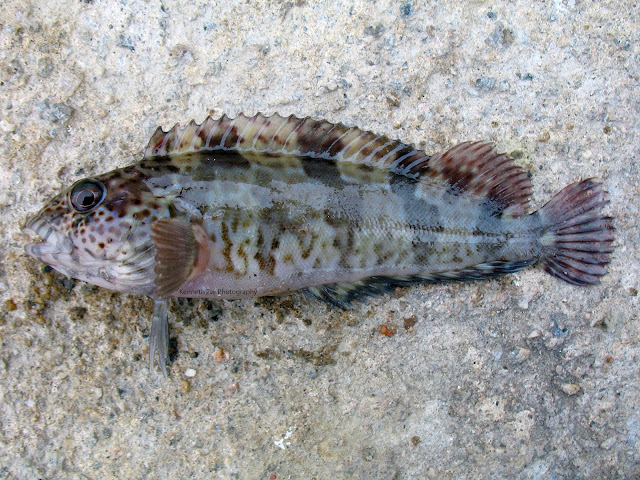
- 1
#335441 2016 Peru trip
 Posted by MuskieBait
on 22 August 2016 - 01:45 AM
Posted by MuskieBait
on 22 August 2016 - 01:45 AM
Erythrinus erythrinus - Species #619
Bandtail Tetra (Moenkhausia dichroura) - Species #620
Glass tetra (Moenkhausia oligolepis) - Species #621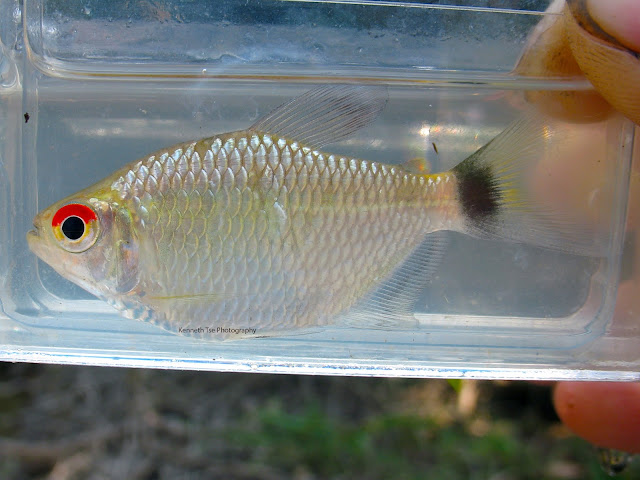
Moenkhausia sp. - Species #622 (This is a different Moenkhausia with faint humeral spot with smaller scales)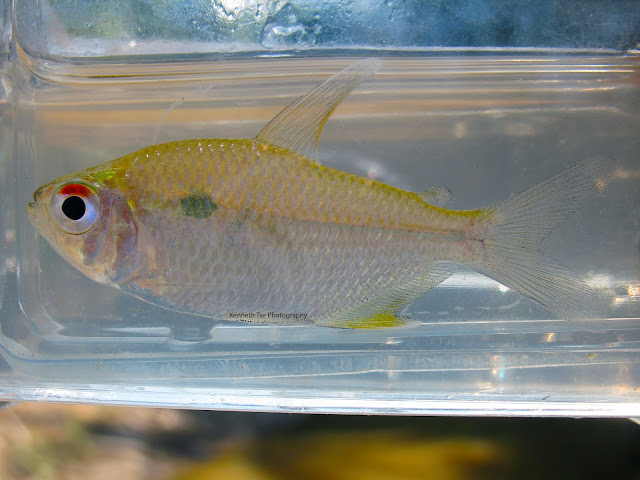
Astyanax sp. - Species #623 (In the publication Ornamental Fishes of Peru, this was listed as an Astyanax sp., but no one seems to know which species it is)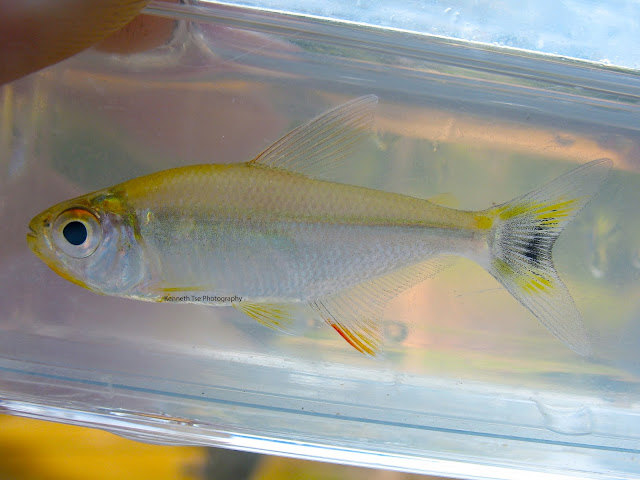
Twospot Astyanax (Astyanax bimaculatus) - Species #624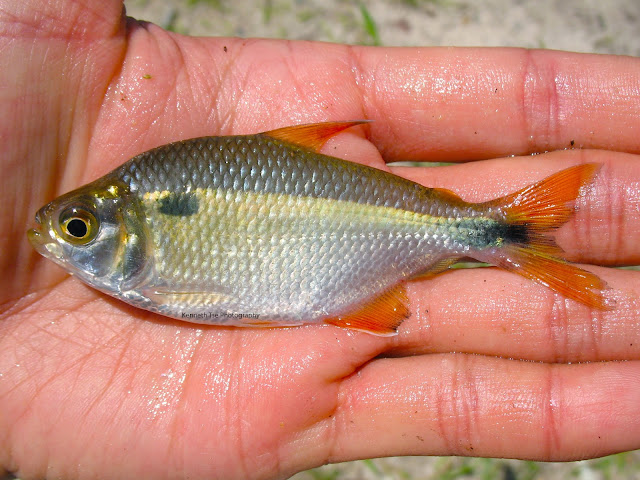
Moenkhausia colletti - Species #625 (Still trying to verify this)
Pimelodella sp. - Species #626 (There are so many similar Pimelodella species, still not sure which one)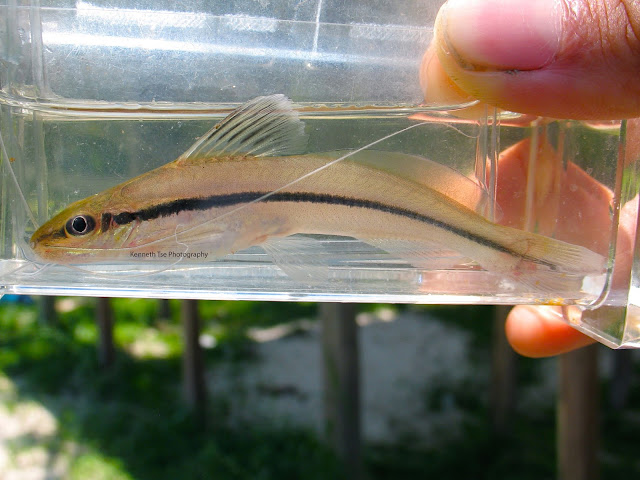
Moenkhausia lepidura - Species #627
- 1
#335440 2016 Peru trip
 Posted by MuskieBait
on 22 August 2016 - 01:44 AM
Posted by MuskieBait
on 22 August 2016 - 01:44 AM
Zamurito (Calophysus macropterus) - Species #609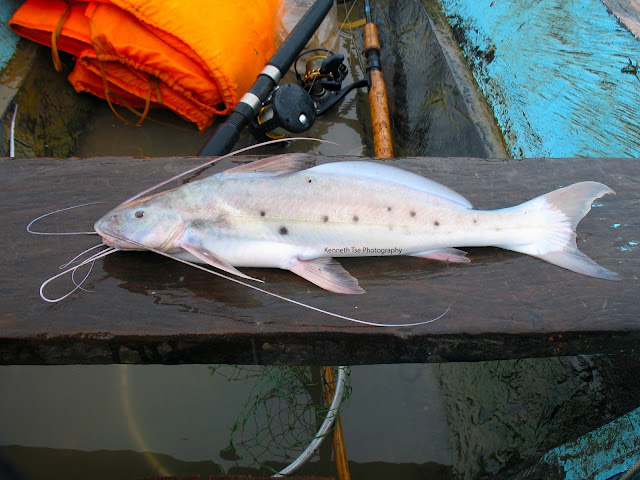
Laulao Catfish (Brachyplatystoma vaillantii) - Species #610
Ctenobrycon hauxwellianus - Species #611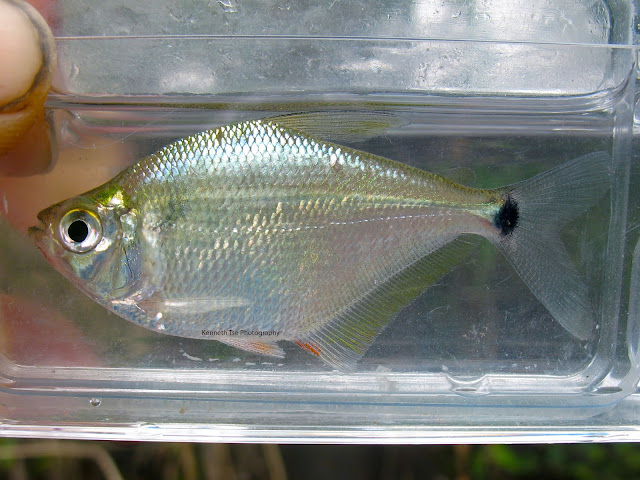
Aequidens tetramerus - Species #612 (we think these are A. tetramerus...still checking)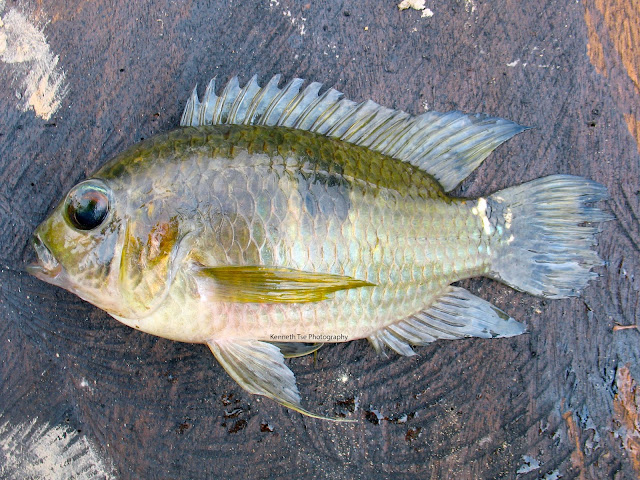
Brachychalcinus sp. - Species #613 (some thinks it is B. copei, but I'm not so sure)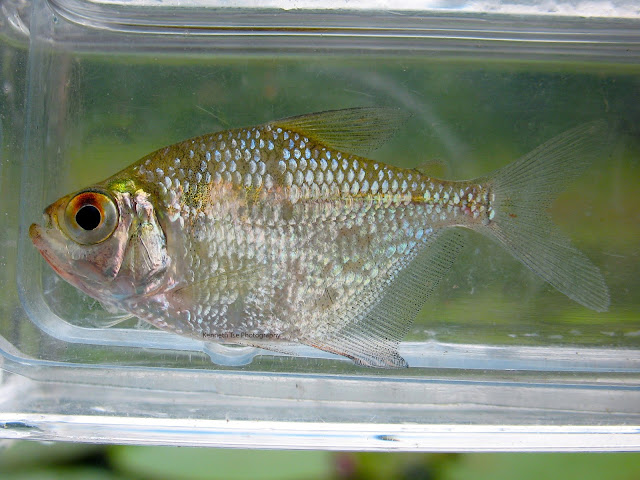
Bujurquina syspilus - Species #614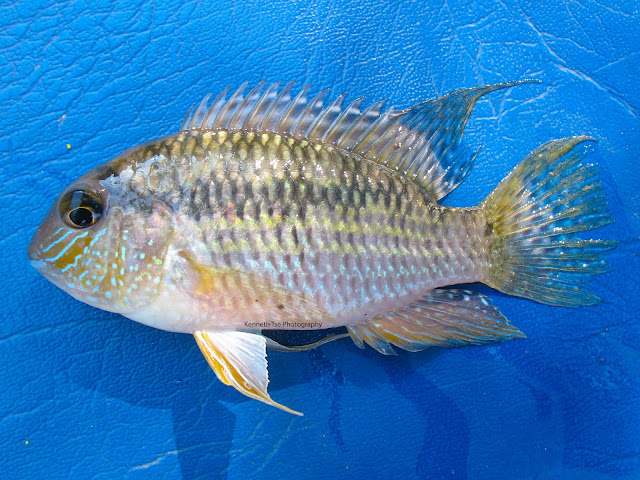
Mylossoma aureum - Species #615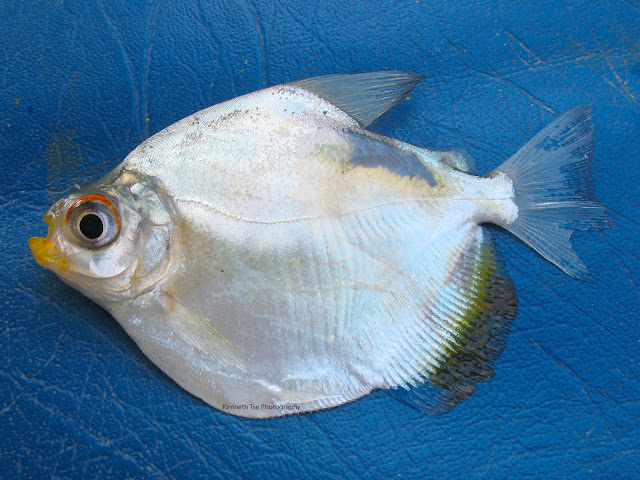
Roeboides myersii - Species #616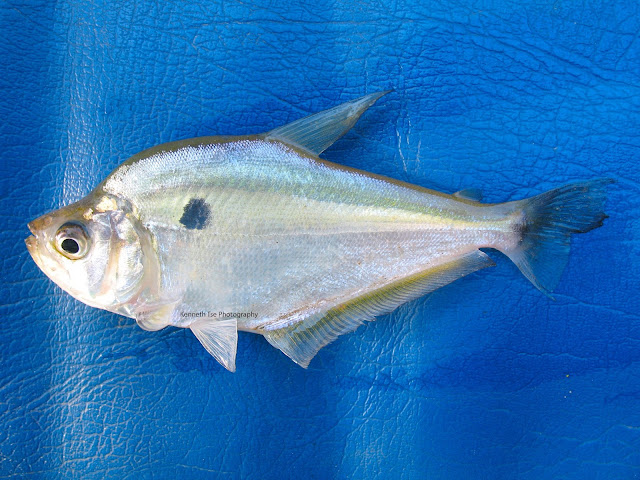
Pimelodella cristata - Species #617 (I'm certain it is a Pimelodella, and P. cristata seems the closest)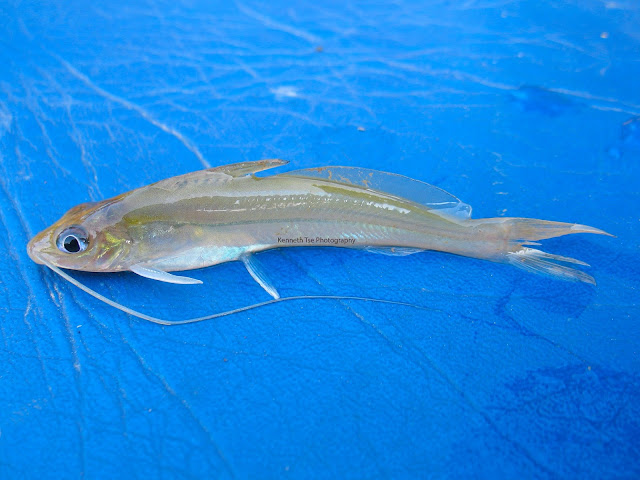
Aimara (Hoplerythrinus unitaeniatus) - Species #618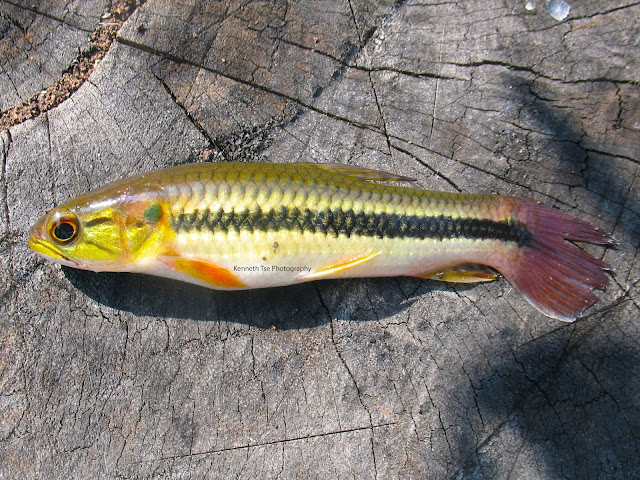
- 1
#335439 2016 Peru trip
 Posted by MuskieBait
on 22 August 2016 - 01:44 AM
Posted by MuskieBait
on 22 August 2016 - 01:44 AM
Pterodoras granulosus - Species #599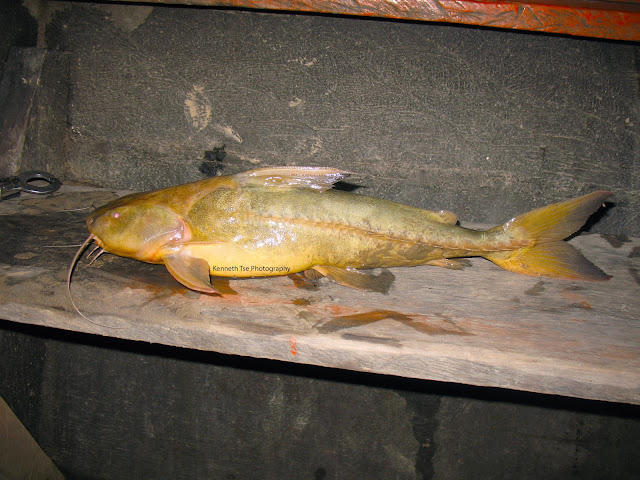
Cichla monoculus - Species #600!!!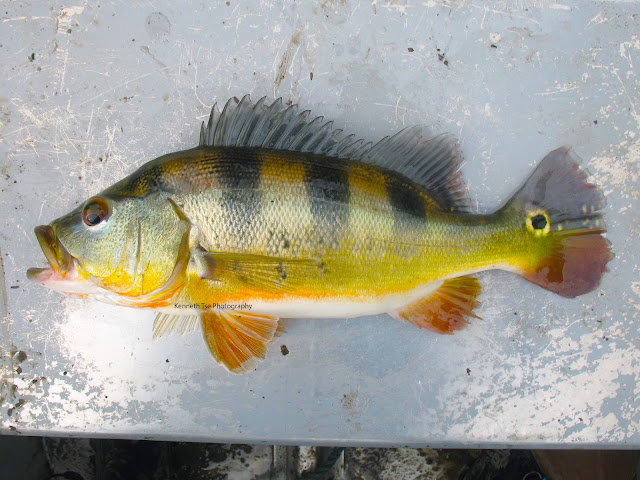
Brycon cephalus - Species #601 (Still trying to determine if it really is B. cephalus)
Tucan Fish (Chalceus erythrurus) - Species #602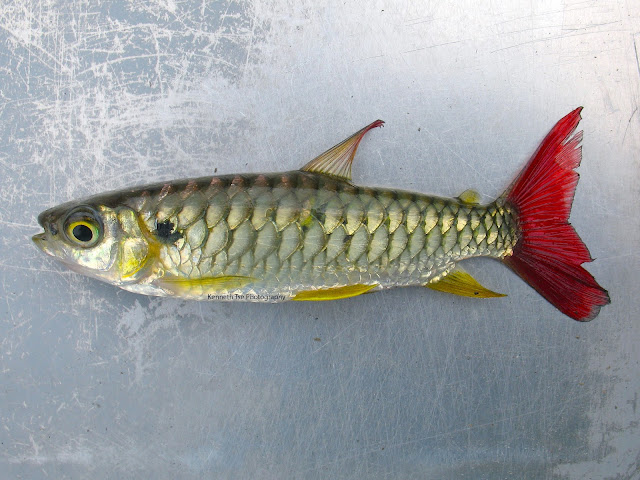
Spotfin Hatchetfish (Thoracocharax stellatus) - Species #603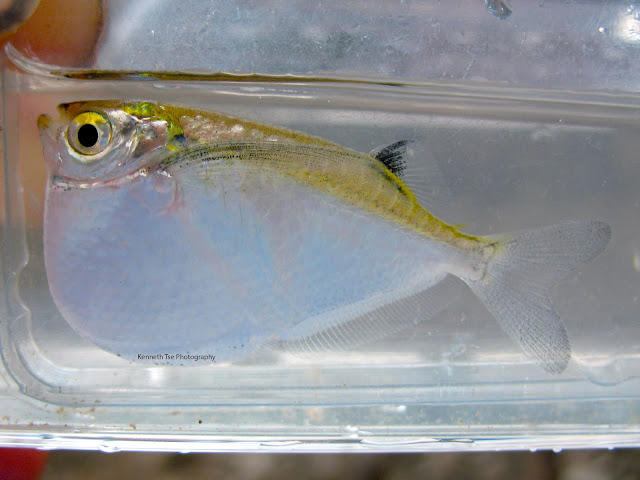
Rhamdia sp. - Species #604 (Still trying to determine which Rhamdia species it is. I may never know.)
Hypselecara temporalis - Species #605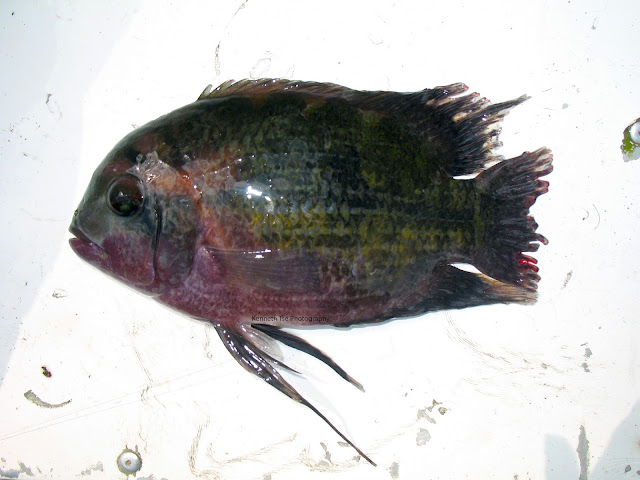
Ageneiosus inermis - Species #606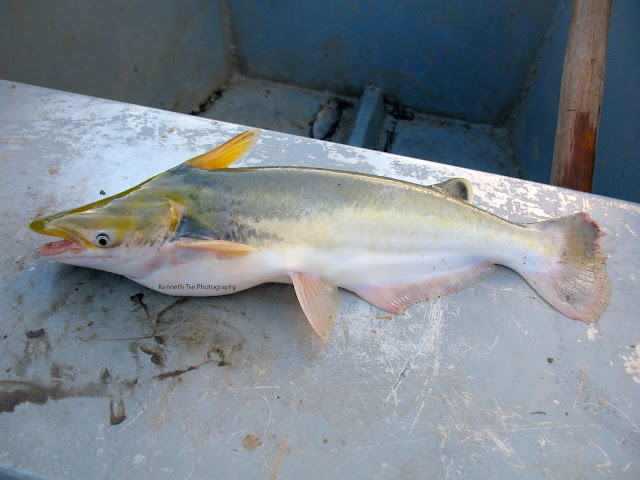
Spotted sorubim (Pseudoplatystoma corruscans) - Species #607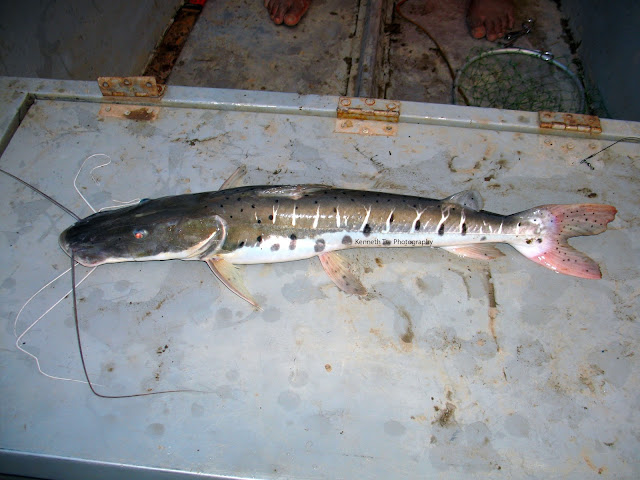
Brachyplatystoma rousseauxii - Species #608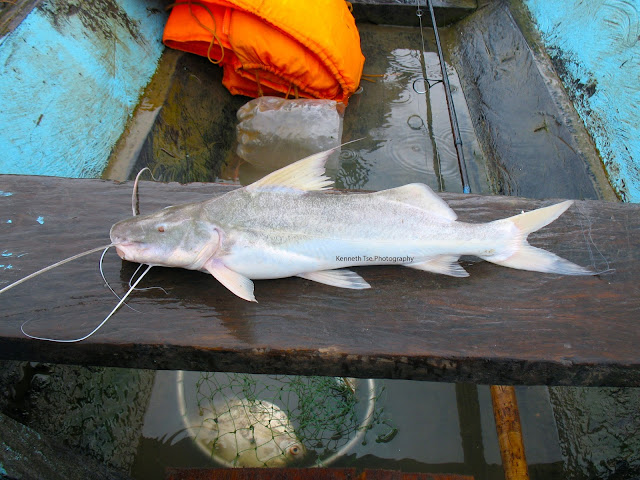
- 1
#335438 2016 Peru trip
 Posted by MuskieBait
on 22 August 2016 - 01:43 AM
Posted by MuskieBait
on 22 August 2016 - 01:43 AM
Metynnis luna - Species #589 (Not sure on this ID...still trying to figure out)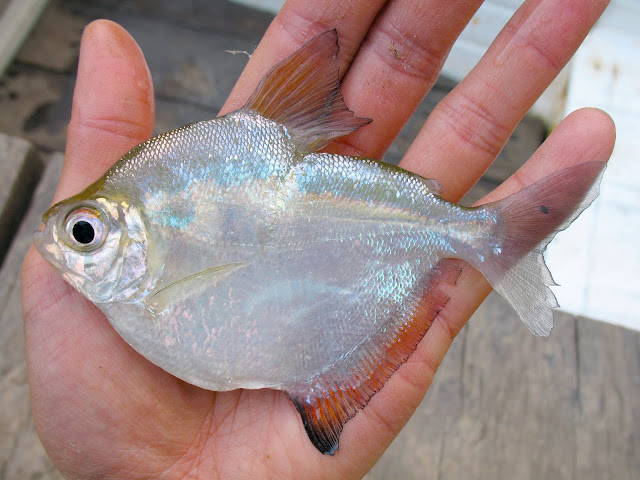
Triportheus albus - Species #590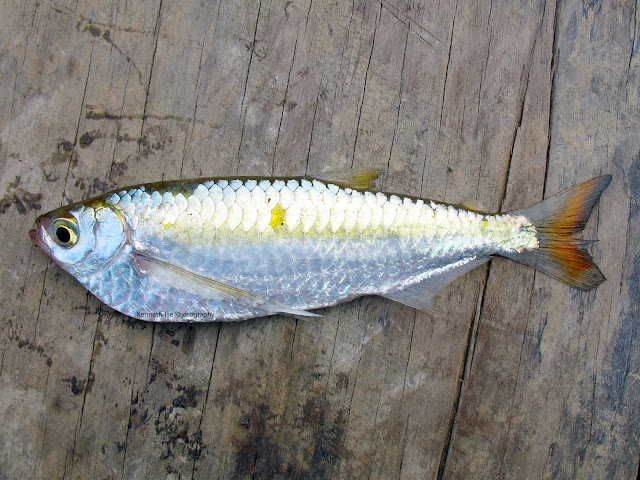
Flatwhiskered Catfish (Pinirampus pirinampu) - Sepcies #591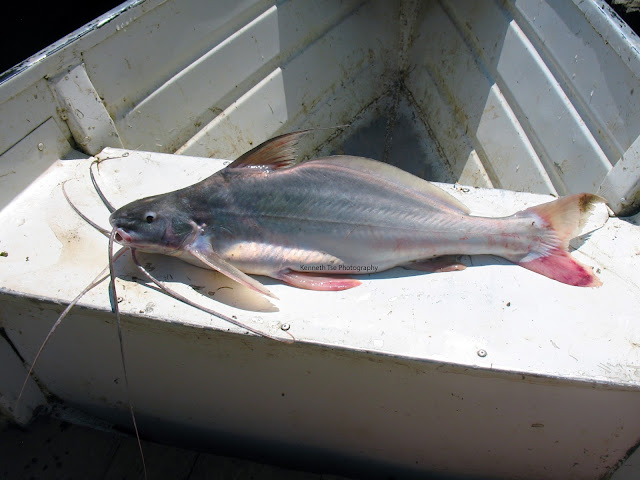
Trahira (Hoplias malabaricus) - Species #592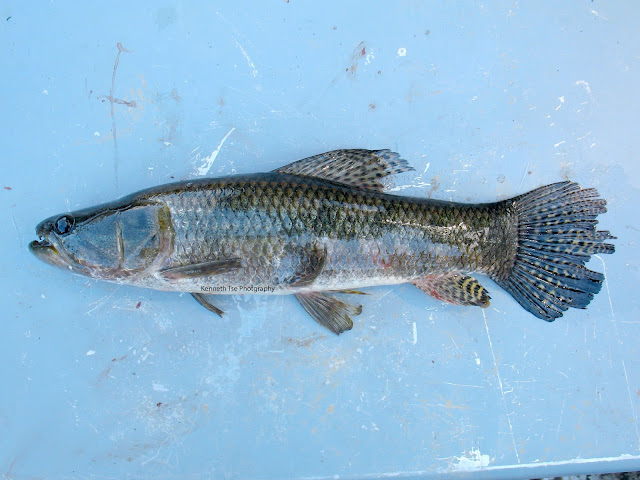
Spotted Pike-characin (Boulengerella maculata) - Species #593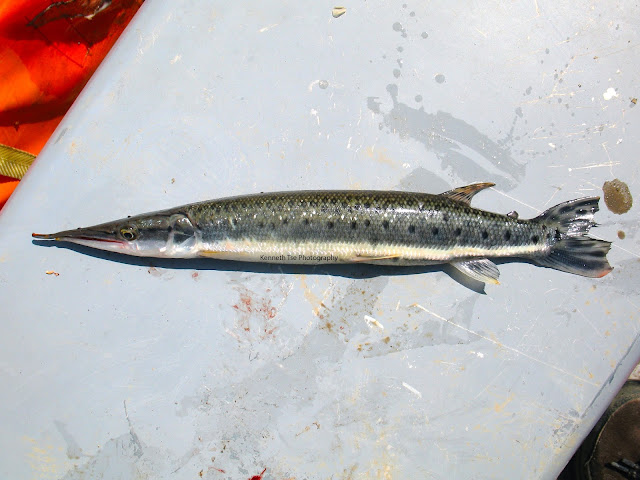
Brycon melanopterus - Species #594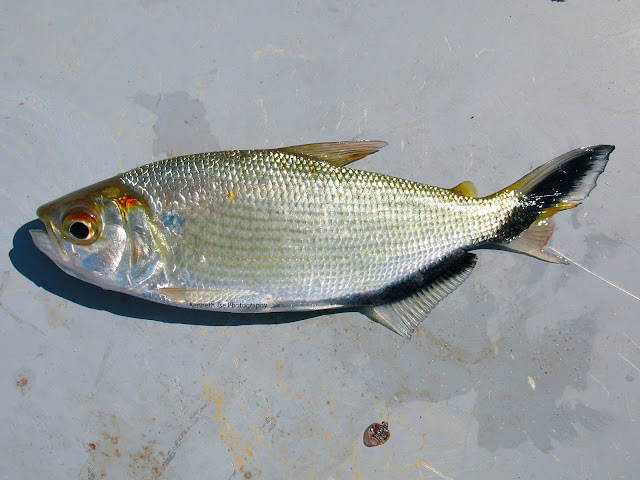
Mesonauta mirificus or Mesonauta festivus - Species #595 (It is difficult to tell if this was a M. mirificus or M. festivus)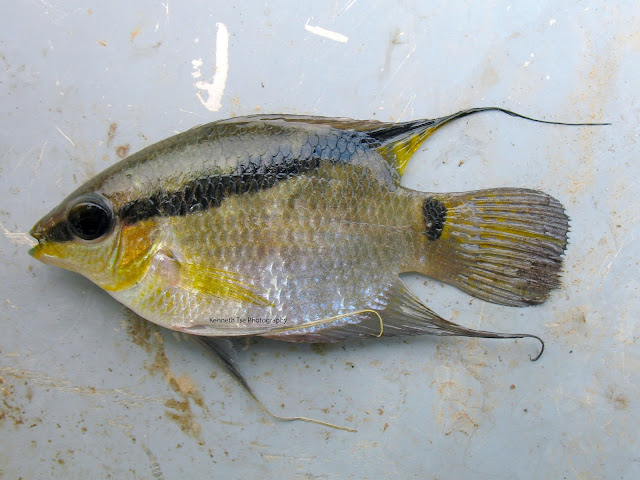
Crenicichla semicincta - Species #596 (Green diagonal bands on the body is the ID key)
Leporinus moralesi - Species #597 (This species was determined base on range. L. moralesi is found in Peru)
Blue Whale Catfish (Cetopsis coecutiens) - Species #598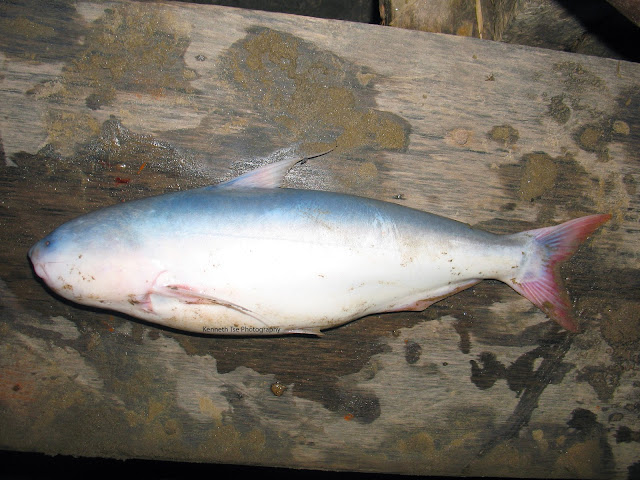
- 1
#335437 2016 Peru trip
 Posted by MuskieBait
on 22 August 2016 - 01:43 AM
Posted by MuskieBait
on 22 August 2016 - 01:43 AM
And finally, roughtly 50 species from fish from Peru caught on this trip.
Acrobrycon ipanquianus - Species #579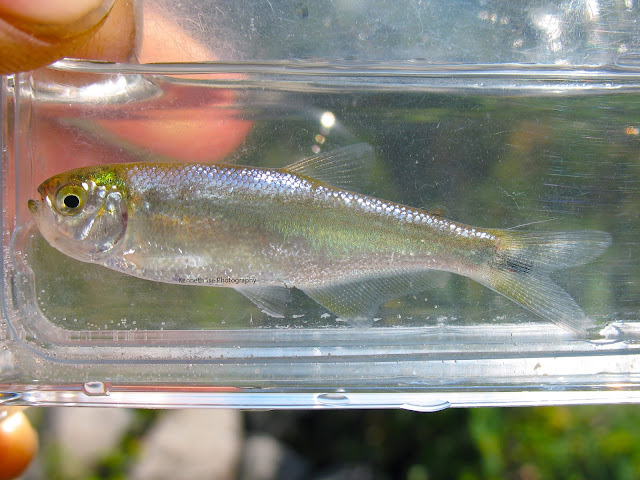
Serrasalmus rhombeus - Species #580 (Red eye and thick black margin on the tail ID this as S. rhombeus)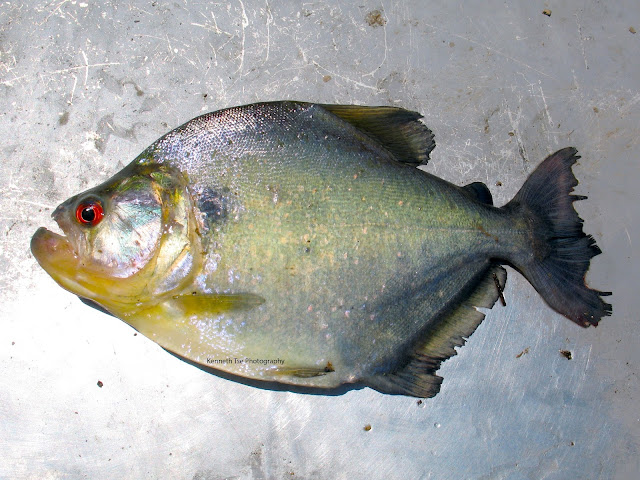
Pirapitinga (Piaractus brachypomus) - Species #581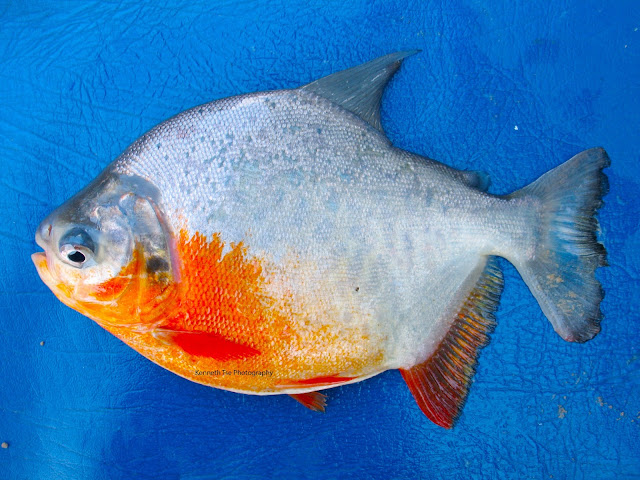
Red Piranha (Pygocentrus nattereri) - Species #582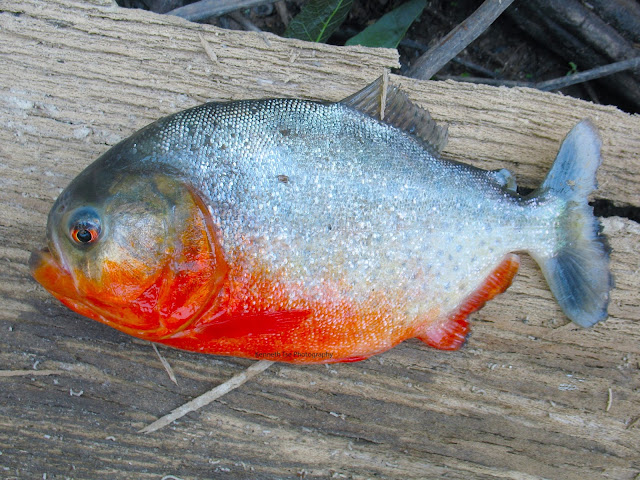
Bloch's Catfish (Pimelodus blochii) - Species #583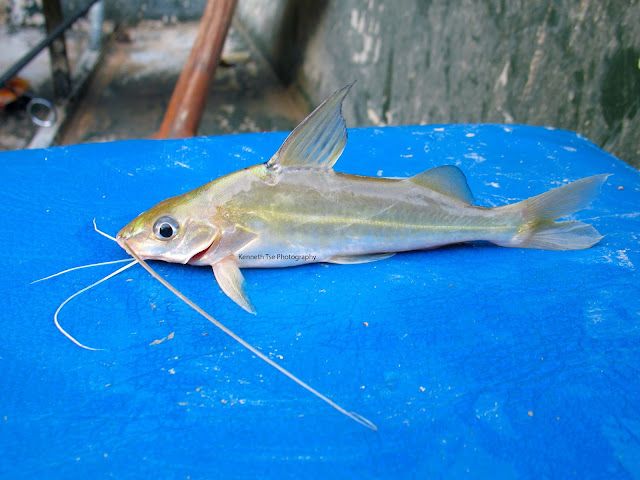
Sorubim maniradii - Species #584 (black stripe seems diffuse to me)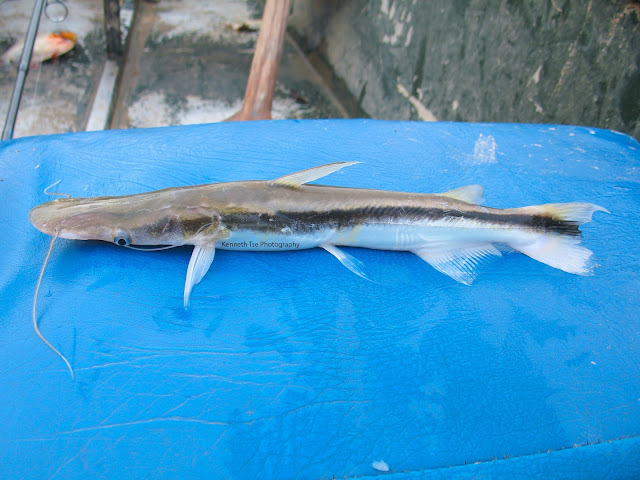
Cynodon gibbus - Species #585 (little cousin to the well known Payara. The Payara has much shorter anal fin)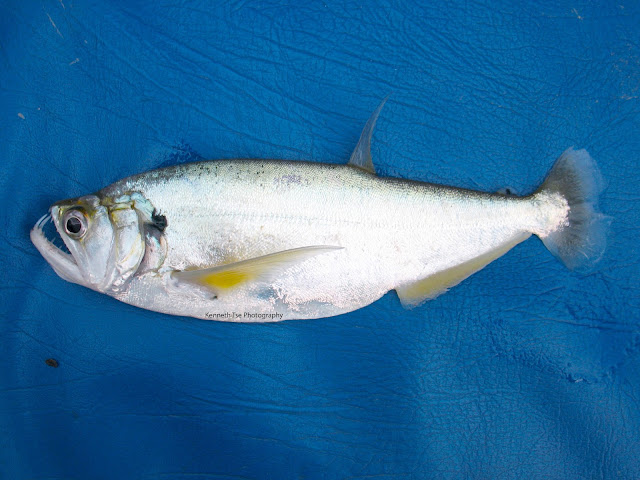
Ageneiosus ucayalensis - Species #586
Triportheus angulatus - Species #587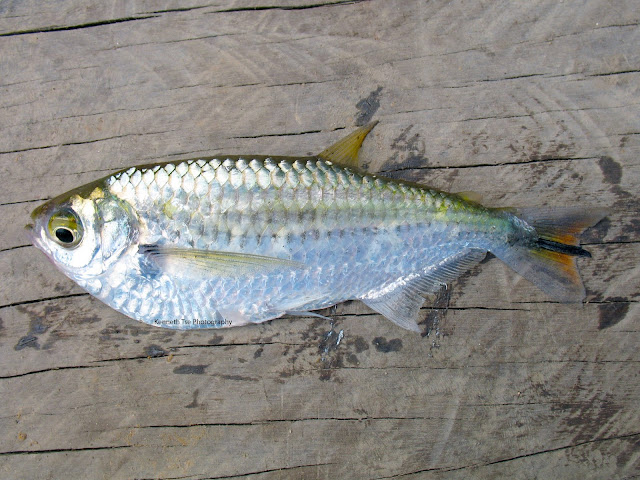
Tetragonopterus argenteus - Species #588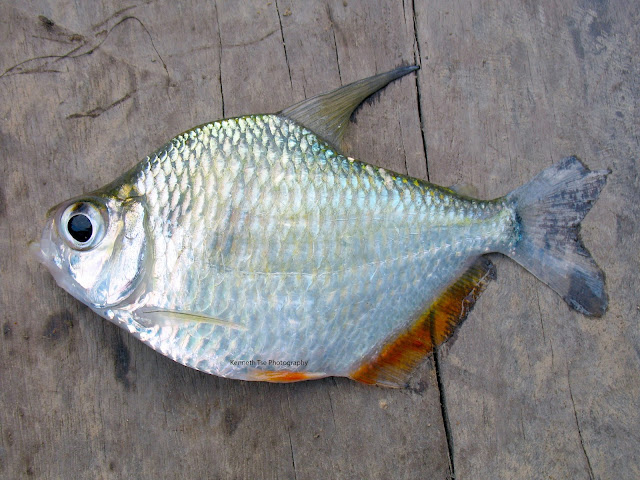
- 1
#334511 Road trip
 Posted by MuskieBait
on 22 July 2016 - 03:10 PM
Posted by MuskieBait
on 22 July 2016 - 03:10 PM
So you need to pay for your licence, then pay to enter a draw to fish the productive pools? If there is a separate draw for every day, thats a ridiculous amount of money to be able to fish! It def does put less pressure on the fish population, however it sounds like a major cash grab!
Not only does it sounds like a major cash grab, it is a major case of self entitlement.
Those who can afford to pay for the draws get their own limited access, while everyone who can't afford is left to fight for space on other sections or streams.
You start this system and you get closer and closer to the system in Europe...which you need to either belong to a fishing club (and pay membership fee) or pay ridiculous day use fee to fish in waters that has been declared "private" by the fishing clubs. It is a system entrenched in self entitlement.
People complain about anglers hogging pools and think they own the water...but at least you have the choice to wake up early enough, or fish on week days, to have access to public waters without paying an extra cent. If you woke up late and got to "your" intended spot late, you have no one to blame but yourself. It maintains as a first-come-first-serve system. Once you start restricting access, then the self entitlement really sets into play.
- 3
|
|
- Ontario Fishing Forums
- → Viewing Profile: Reputation: MuskieBait
- Privacy Policy
- Posting Guidelines ·





 Find content
Find content


